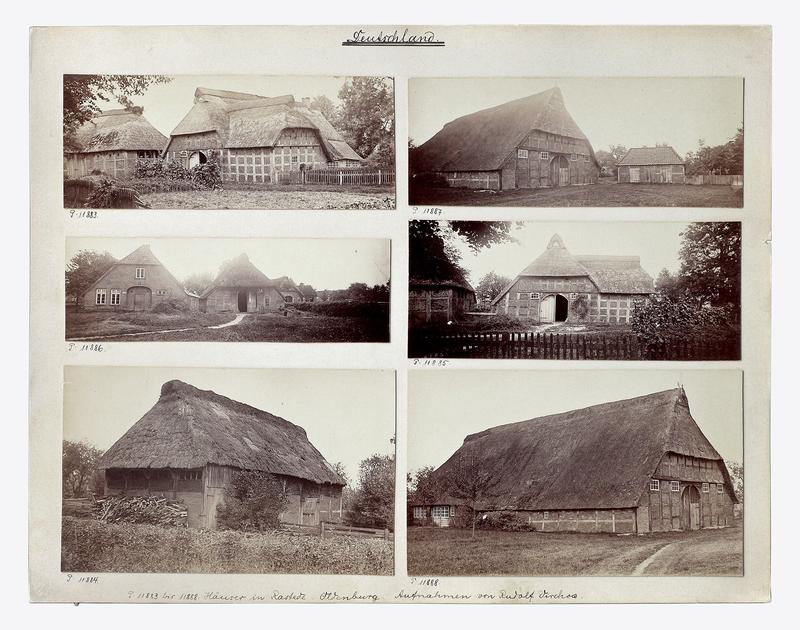The German case in the European context, circa 1900
Although, in many countries, the movement of photographic surveys and documentary collections developed concomitantly from the early 1890s, there are notable disparities as to the subjects collated in the various national contexts. The collections do not cover the same perimeter and the same categories of subjects from one country to the other — far from it. Art objects and historical artefacts, testimonies of living culture, architectural and topographical records: the subjects of photographic documentation are myriad. In reality, the question of the methods of the formation of the subjects involves the question of the networks, stakeholders, and institutions invested in the documentary enterprise, their scope (regionalist or universalist), as well as their scientific traditions (sciences of culture or history). This article reflects on the case of Great Britain, which focused more on its history, and Germany, which was more oriented towards the idea of the people (Volk) and its folklore, and provides a social explanation for these cultural differences.

Rudolf Virchow, « Maisons de Rastede Oldenburg », Berlin, s. d., photographies marouées sur carton, panneau « Allemagne », entre 60 x 185 mm et 117 x 190 mm. © Museum für Europäische Ethnographie.
Christian Joschke is a lecturer at the Université de Paris Nanterre and the Université de Genève. He was the assistant of Hans Belting at the Collège de France in 2003, research assistant at the Université de Strasbourg from 2004 to 2006, lecturer at the Université Lumière Lyon 2 from 2007 to 2012, and substitute professor at the Université de Lausanne in 2009- 2010 and 2016-2017. He recently published Les Yeux de la nation. Photographie amateur dans l’Allemagne de Guillaume II (Les presses du réel, 2013) and La Guerre 14-18 (Photo Poche, 2014).
Keywords: photography, amateur, museums, Germany, historiography, document, folklore
Citation: Christian Joschke, « Histoire, culture et territoire dans les collections documentaires. Le cas allemand dans le contexte européen autour de 1900 », Transbordeur. Photographie histoire société, no. 1, 2017, pp. 40-49.